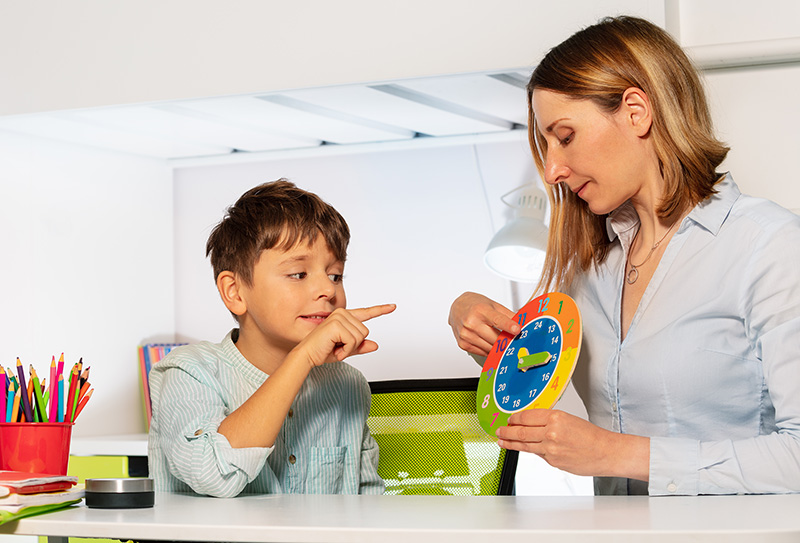The evolution of child care, particularly in the context of preschools, has been shaped by a range of factors, from societal changes to advances in research on early childhood development. Over the years, preschools have evolved from basic caregiving institutions to centers focused on holistic development. Today, they are adapting to modern needs in ways that reflect both the changing demands of families and the growing understanding of how young children learn and grow. One significant change is the increasing focus on inclusivity and diversity. As society becomes more diverse, preschools are adapting to embrace children from various cultural, linguistic, and socioeconomic backgrounds. This inclusivity is not only about providing a welcoming environment but also about fostering mutual respect and understanding among children from different backgrounds. Teachers are trained to recognize the unique needs of children and to create curricula that reflect diverse experiences, ensuring that all children feel valued and supported.

Alongside inclusivity, there has been a rise in the emphasis on emotional and social development. Modern preschools are moving beyond traditional academic skills like reading and writing to incorporate emotional intelligence into their curricula. Social-emotional learning SEL has become a key component, helping children develop self-regulation, empathy, and problem-solving skills. These qualities are essential for navigating both academic Cheras Kindergarten and personal challenges throughout life. Technology is also playing a growing role in modern preschools, but with a careful balance. While concerns about screen time remain, preschools are finding ways to integrate technology in ways that enhance learning rather than replace human interaction. Interactive educational tools, like tablets with learning apps or educational videos, are used to supplement traditional activities.
However, the emphasis remains on face-to-face interactions, outdoor play, and physical activities, all of which are critical for the development of motor skills and social relationships. The COVID-19 pandemic has accelerated some of these changes, particularly in terms of health and safety protocols. Many preschools have had to adapt quickly to new ways of managing hygiene, ensuring safety, and incorporating virtual learning when necessary. The experience has highlighted the need for flexibility in how child care is delivered and has encouraged innovation in both physical and digital learning spaces. In sum, modern preschools are transforming into more dynamic, inclusive, and adaptable environments that address the evolving needs of families. With a focus on emotional well-being, social development, and a balanced approach to technology, today’s preschools are setting the foundation for children to thrive in an increasingly complex world.


